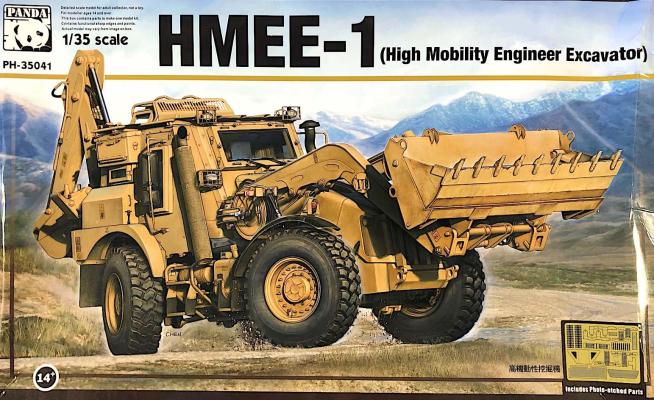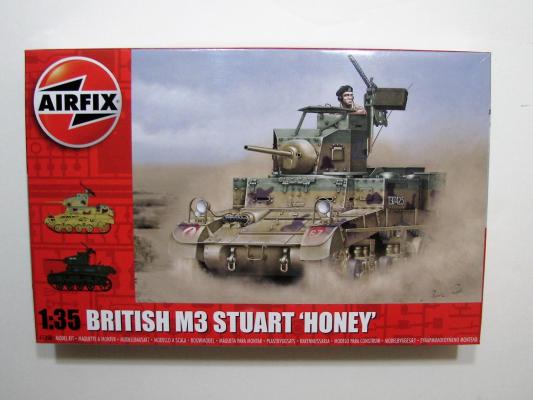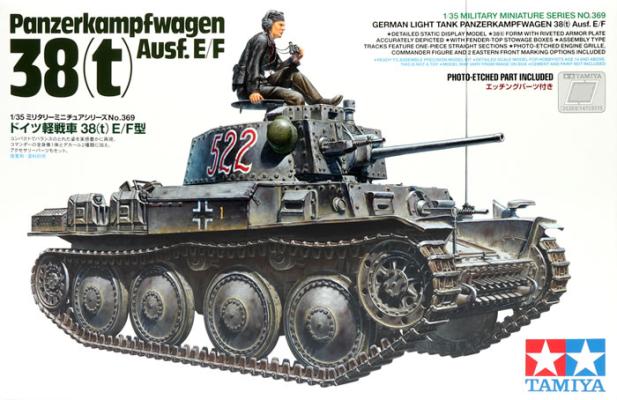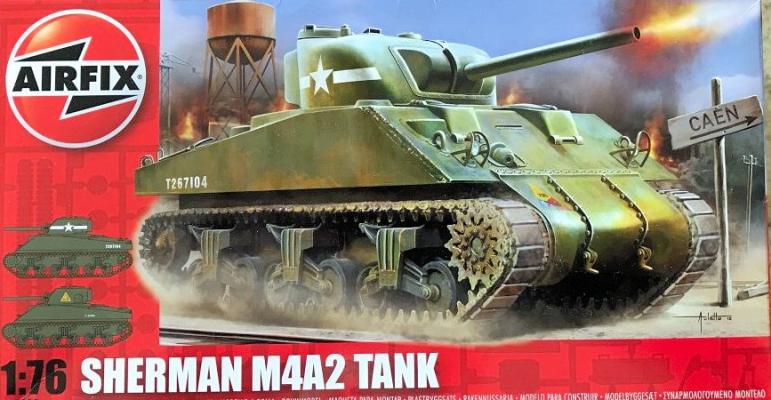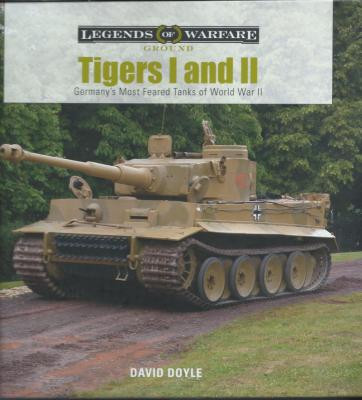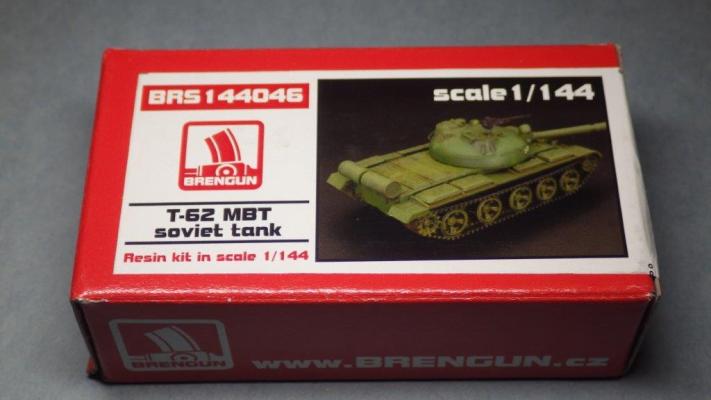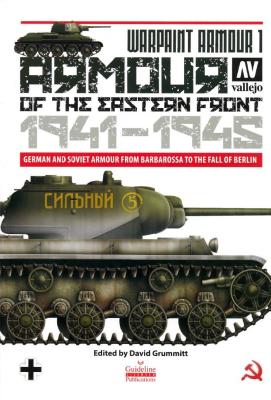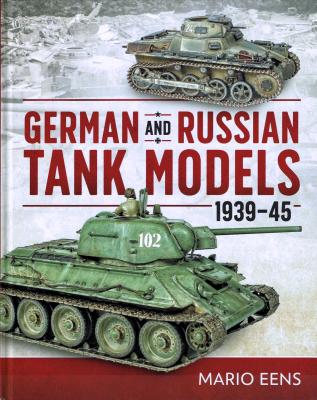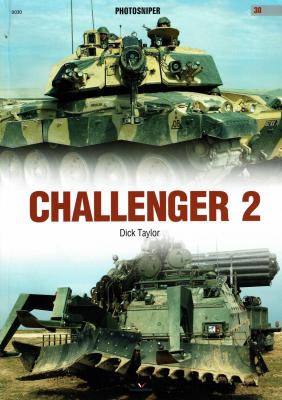Whether I am reviewing his armor books as now, or his aircraft books, like my previous review on the SBD, I am always finding David Doyle’s books to be tremendous additions to the reference bookshelf. I find myself referring to them numerous times, whether for my own projects or to check on something for friends asking advice. The best advice, of course, is to buy themselves their own copy of the book…and this Legends of Warfare volume on the Tigers is no exception.
The book is not the end all or be all purchase that you’ll never need anything else to buy for the library. It is, however, a good place to start for someone transitioning to armor modeling for the first time, or just looking to build one of the various offerings of Tiger kits available. WWII buffs in general will thoroughly enjoy looking through the texts and various photos. Enough babbling…what’s inside Mike?

